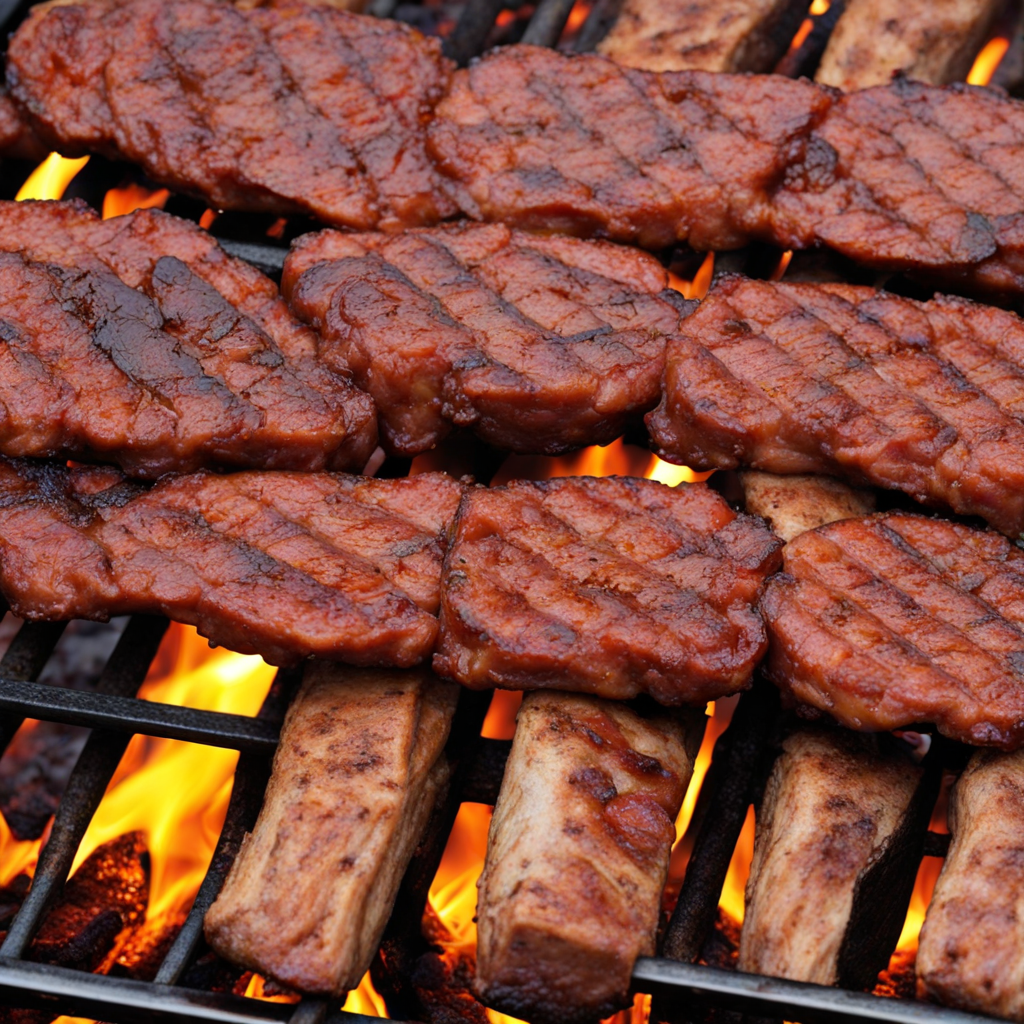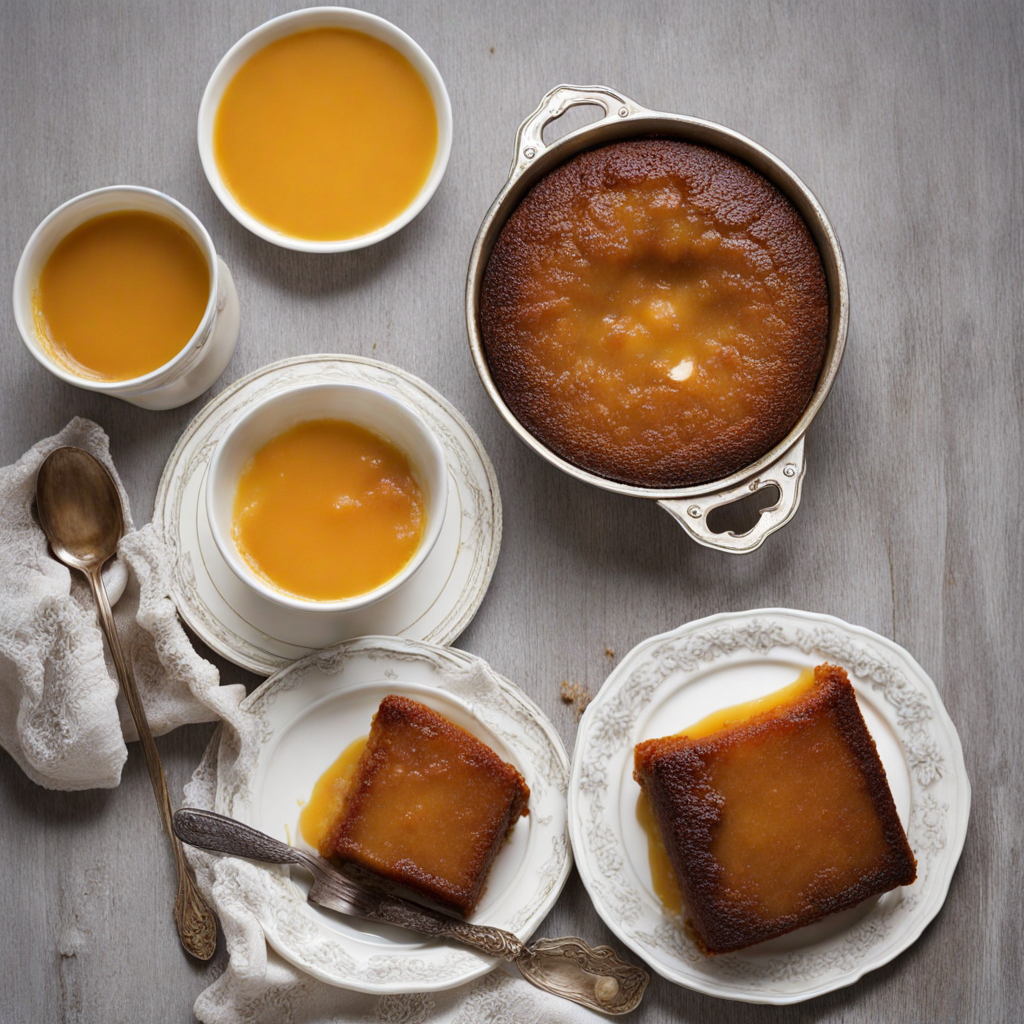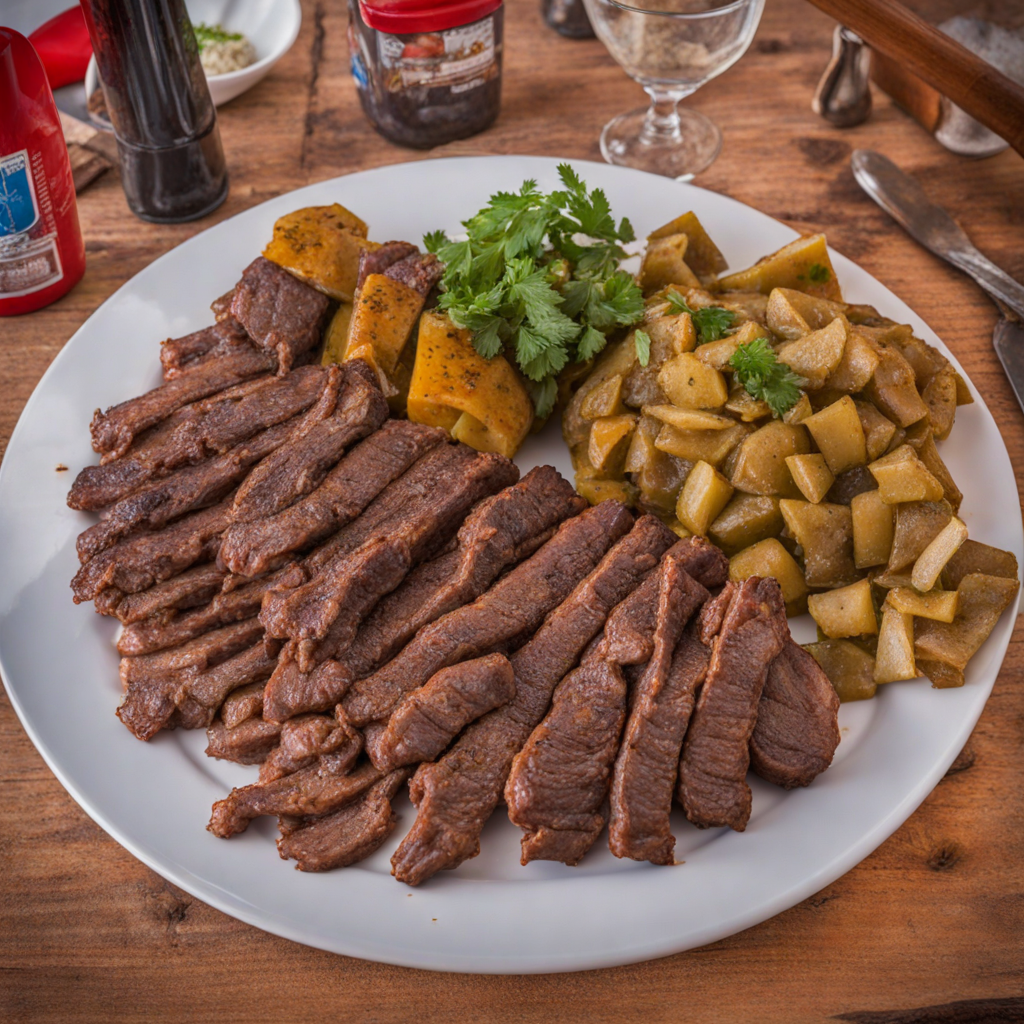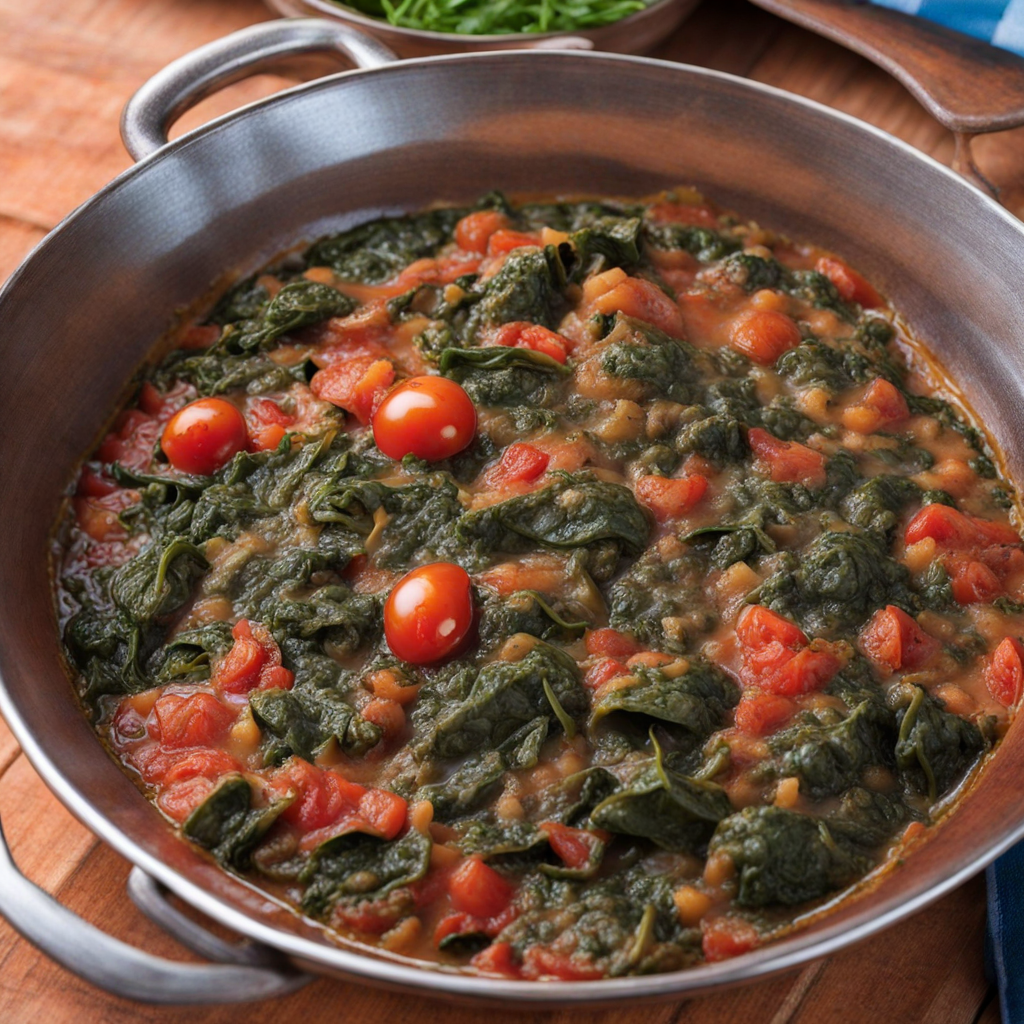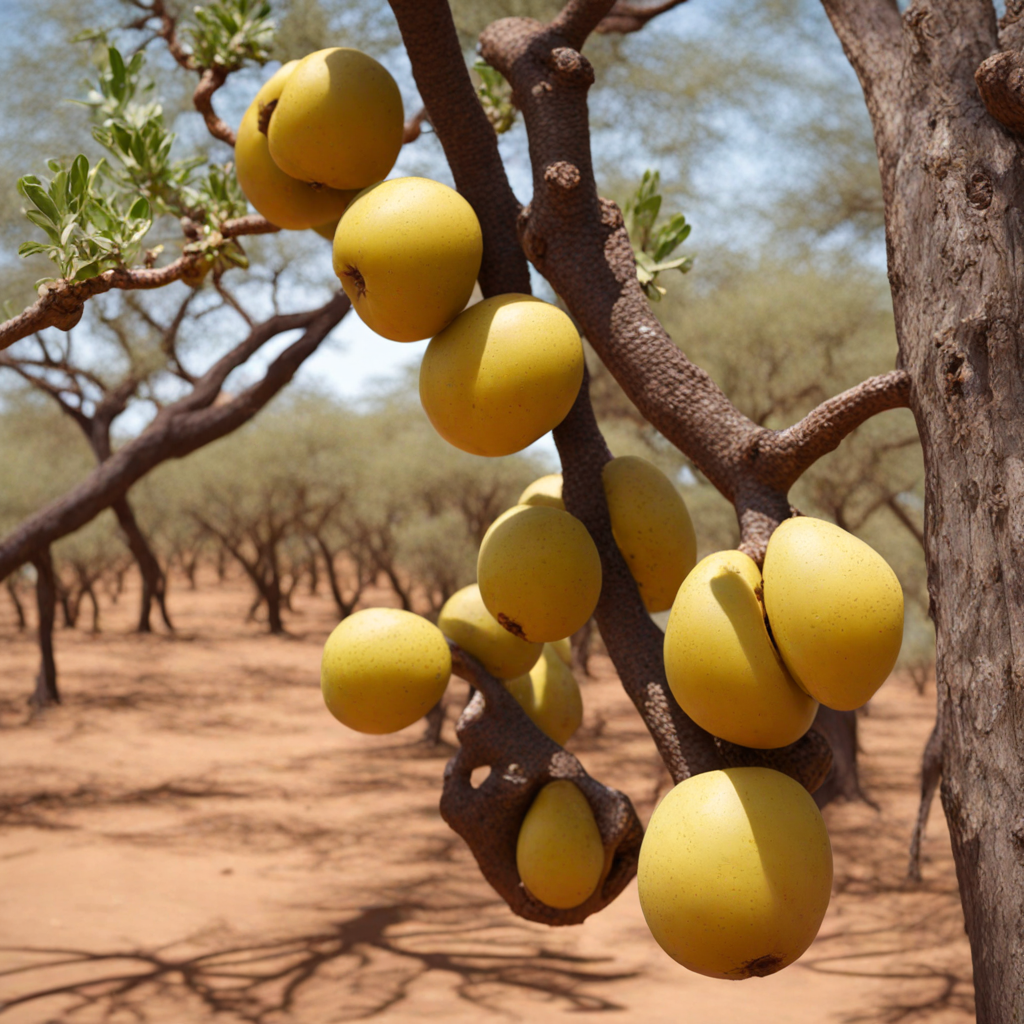Braaivleis
Braaivleis, a traditional dish from Namibia, is more than just a meal; it is a cultural experience that embodies the spirit of social gatherings and celebrations. The term "braai" refers to the South African practice of grilling meat over an open flame, and "vleis" translates to "meat" in Afrikaans. This culinary tradition has deep roots in Southern Africa, influenced by indigenous cultures and European settlers. Braai has evolved into a cherished ritual, particularly in Namibia, where it is often associated with family gatherings, community events, and national holidays. The history of braaivleis can be traced back to the indigenous peoples of the region, who have been grilling meat over fires for centuries. As European settlers arrived, they introduced new techniques and flavors, leading to a fusion of culinary practices. The dish is typically prepared with various types of meat, including beef, lamb, boerewors (a type of sausage), and game meat such as kudu or oryx. The choice of meat often reflects local availability and personal preference, making braaivleis a versatile dish that can cater to different tastes. The flavor profile of braaivleis is rich and robust, characterized by the smoky aroma imparted by the open flame. The grilling process caramelizes the meat's natural sugars, creating a savory crust that contrasts beautifully with the tender, juicy interior. The meats are often marinated or seasoned with a variety of spices, which may include garlic, coriander, paprika,
How It Became This Dish
The History of Braaivleis: A Taste of Namibia Braaivleis, a term that translates to "grilled meat" in Afrikaans, is more than just a dish in Namibia; it is a cultural phenomenon that embodies the spirit of togetherness, celebration, and the rugged beauty of the African landscape. Its history is deeply intertwined with the region's diverse cultures, colonial influences, and the evolution of social practices over centuries. #### Origins of Braaivleis The roots of braaivleis can be traced back to the indigenous peoples of southern Africa, including the Ovambo, Himba, and Herero, who have long engaged in communal cooking methods that involve roasting meat over open fires. The practice of cooking meat over flames is ancient and can be linked to the discovery of fire, which revolutionized human diets and social practices. For these communities, the act of cooking meat outdoors was not only a means of sustenance but also a ritual that brought people together, fostering a deep sense of community and shared identity. When European colonists, particularly the Dutch and later the British, arrived in southern Africa, they brought their own culinary traditions and practices with them. The term "braai" has its origins in the Dutch word "braden," meaning to roast, and as the settlers established themselves in the region, they began to incorporate local ingredients and practices into their cooking. This fusion of indigenous and colonial culinary traditions gave rise to what we now know as braaivleis. #### Cultural Significance Braaivleis is more than just food; it is a central element of social gatherings and celebrations in Namibia. Whether at a birthday party, wedding, or public holiday, the braai is a beloved tradition that transcends cultural and ethnic boundaries. The practice of gathering around a fire to grill meat fosters a sense of camaraderie and connection among friends and family. In Namibia, where the landscape is characterized by vast savannas and breathtaking scenery, the braai often takes place outdoors, enhancing the communal experience. The aroma of sizzling meat wafts through the air, accompanied by laughter, storytelling, and music, creating an atmosphere of joy and celebration. The braai is not just a meal; it is an event that encapsulates the essence of Namibian hospitality. The dish itself typically features a variety of meats, including beef, lamb, chicken, and game meats such as kudu or oryx. These meats are often marinated in a blend of spices, herbs, and sometimes beer, before being grilled over an open flame, which imparts a distinct smoky flavor. Accompaniments may include traditional side dishes like pap (maize porridge), salads, and braai broodjies (grilled cheese and tomato sandwiches), all of which add to the culinary experience. #### Development Over Time As Namibia has evolved, so too has the braaivleis tradition. The country’s complex history, marked by colonialism, apartheid, and its eventual independence in 1990, has influenced culinary practices and the social dynamics surrounding food. Following independence, Namibia has embraced its multicultural identity, and the braai has become a symbol of national pride and unity. In contemporary Namibia, braaivleis is celebrated as a national pastime, with public holidays often marked by large-scale grilling events. The annual Namibia Braai Day, celebrated on the 24th of September, reflects this sentiment, as it encourages people from all walks of life to gather and enjoy the simple pleasure of good food and company. This event not only honors the tradition of braai but also promotes inclusivity and togetherness among diverse communities. The rise of social media has also played a role in the evolution of braaivleis culture. With the advent of platforms like Instagram and Facebook, Namibians have taken to sharing their braai experiences online, showcasing not only the food but also the stories, traditions, and communal aspects that accompany it. This digital presence has helped to elevate braaivleis beyond a local custom, turning it into a symbol of Namibian heritage that resonates with a global audience. #### Challenges and Adaptations Despite its cultural significance, the braaivleis tradition faces challenges in the modern world. Urbanization has led to changes in lifestyle, with many Namibians moving to cities where outdoor space may be limited. As a result, the communal nature of braai has adapted, with indoor grilling devices and smaller gatherings becoming more common. Nevertheless, the essence of braaivleis remains unchanged; it continues to serve as a focal point for social interaction and cultural expression. Additionally, the increased awareness of environmental issues and sustainable practices has prompted some Namibians to reconsider their meat consumption. This has led to a growing interest in vegetarian and plant-based alternatives to traditional braaivleis, allowing the tradition to evolve while still retaining its communal spirit. #### Conclusion Braaivleis is a rich tapestry woven from the threads of history, culture, and community in Namibia. Its origins reflect a melding of indigenous practices and colonial influences, resulting in a culinary tradition that celebrates the shared human experience. As Namibia continues to grow and change, so too will the braai tradition, adapting to new circumstances while remaining a cherished symbol of togetherness and cultural identity. In the heart of Namibia, where the sun sets over the arid landscape and the stars twinkle in the vast sky, the sound of sizzling meat and the laughter of friends and family gather around an open fire echo the deep-rooted significance of braaivleis. This beloved dish transcends mere sustenance; it is an invitation to connect, share, and celebrate the rich cultural heritage of a nation.
You may like
Discover local flavors from Namibia


